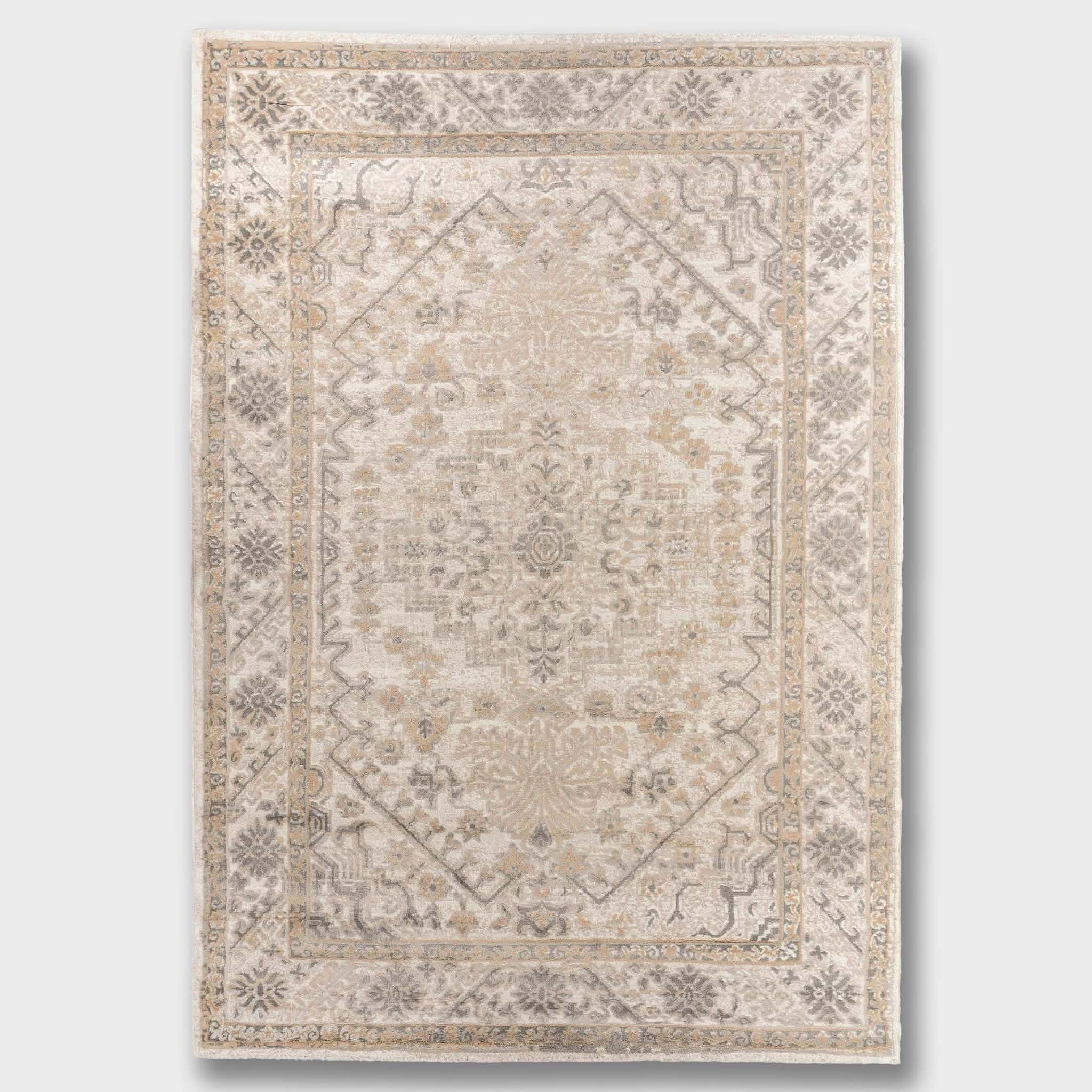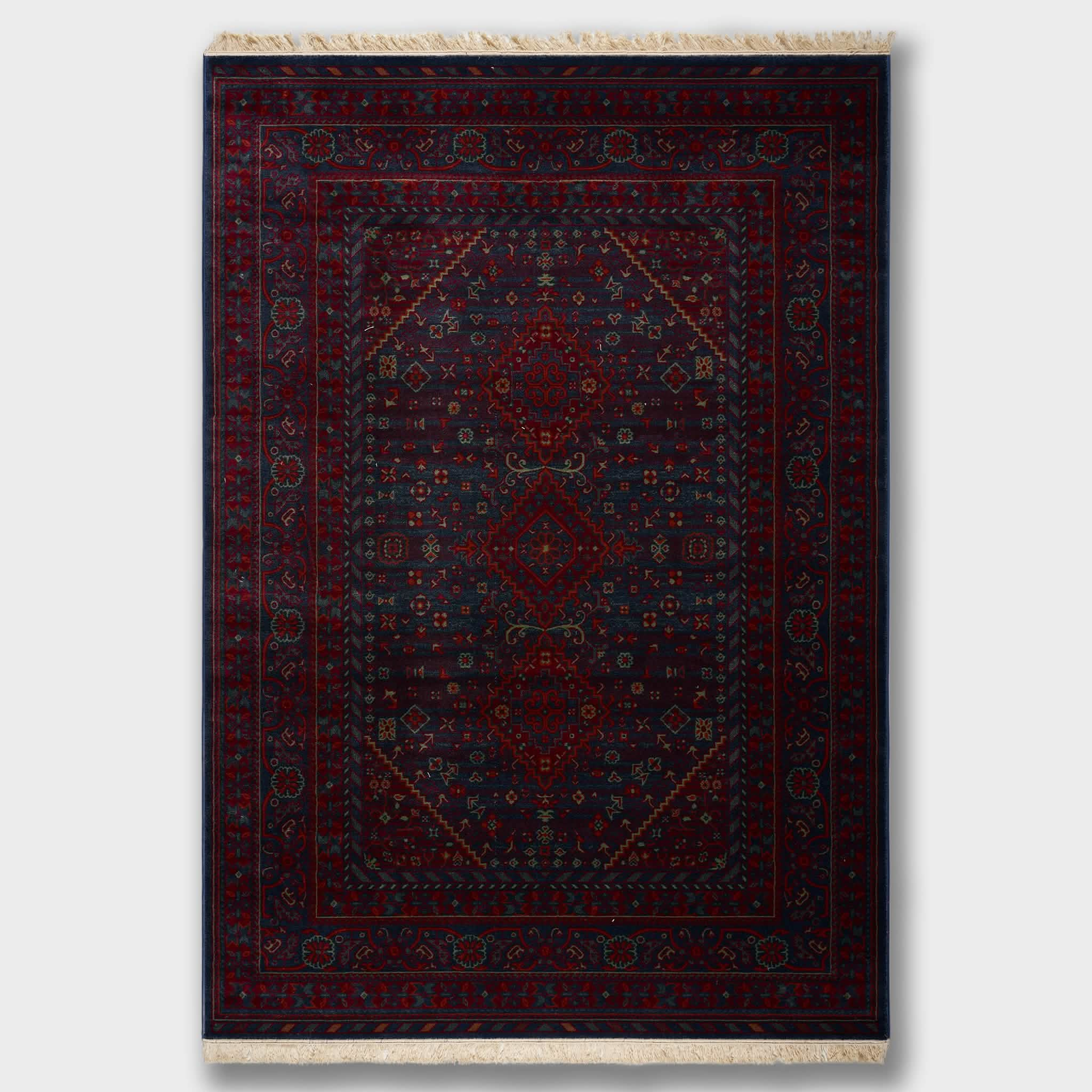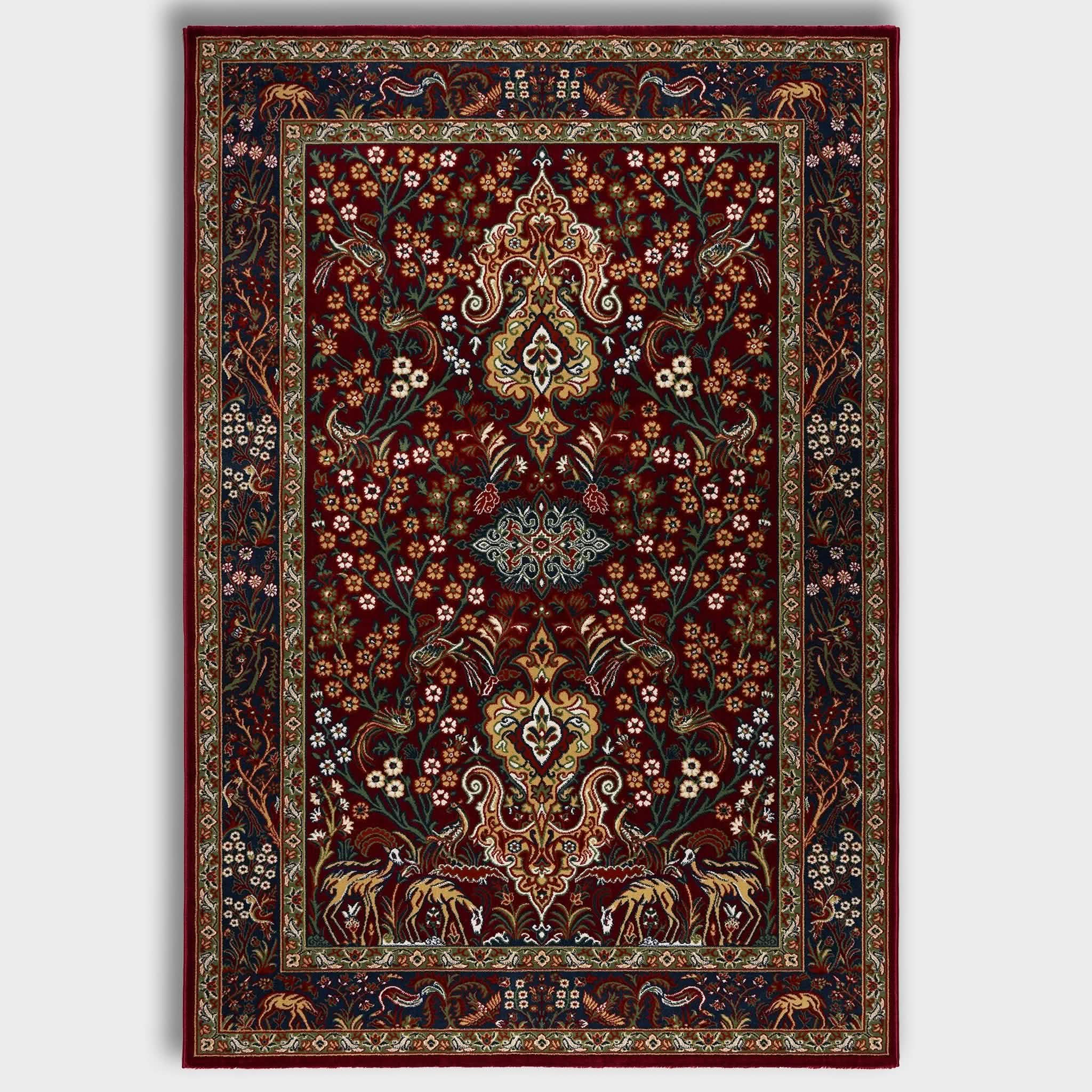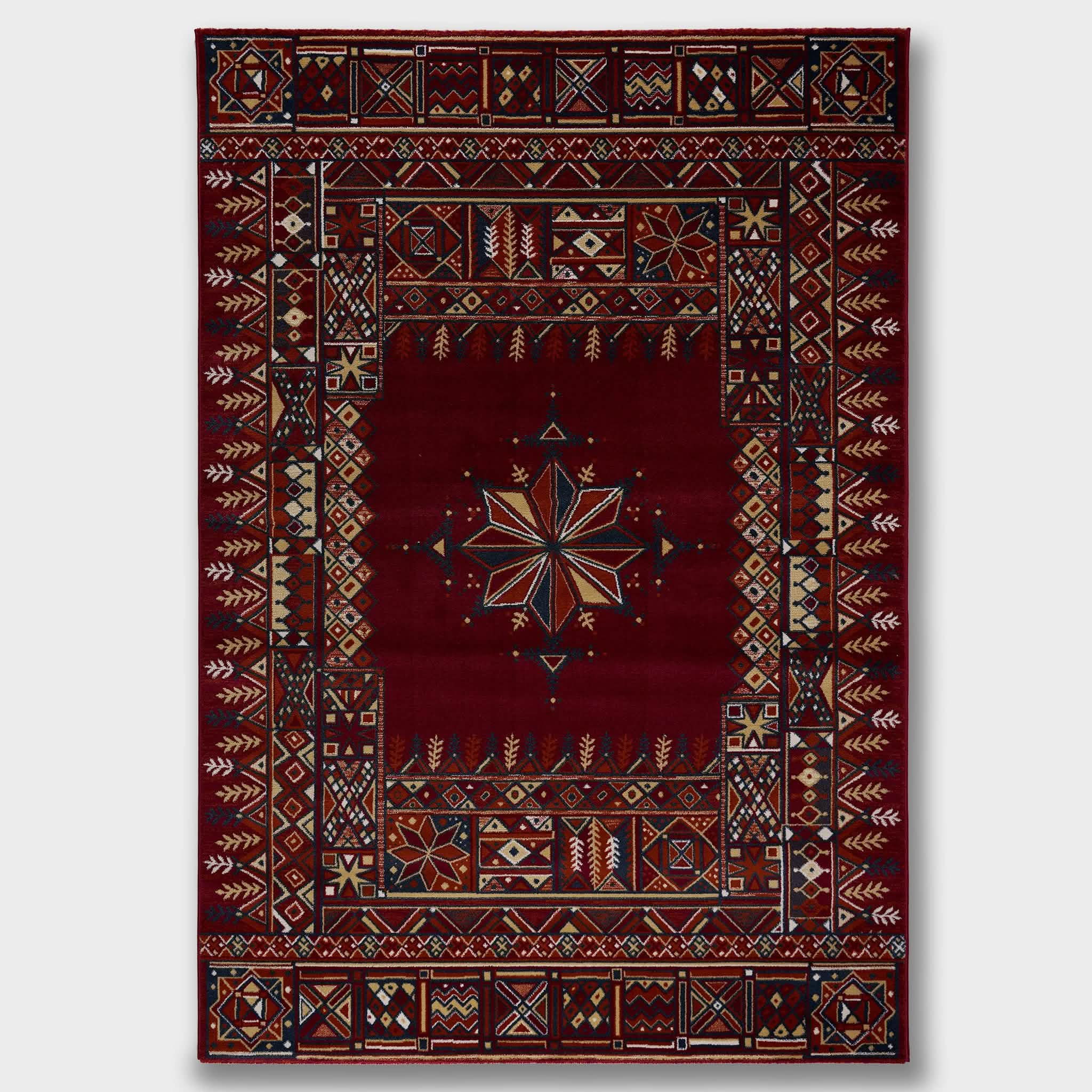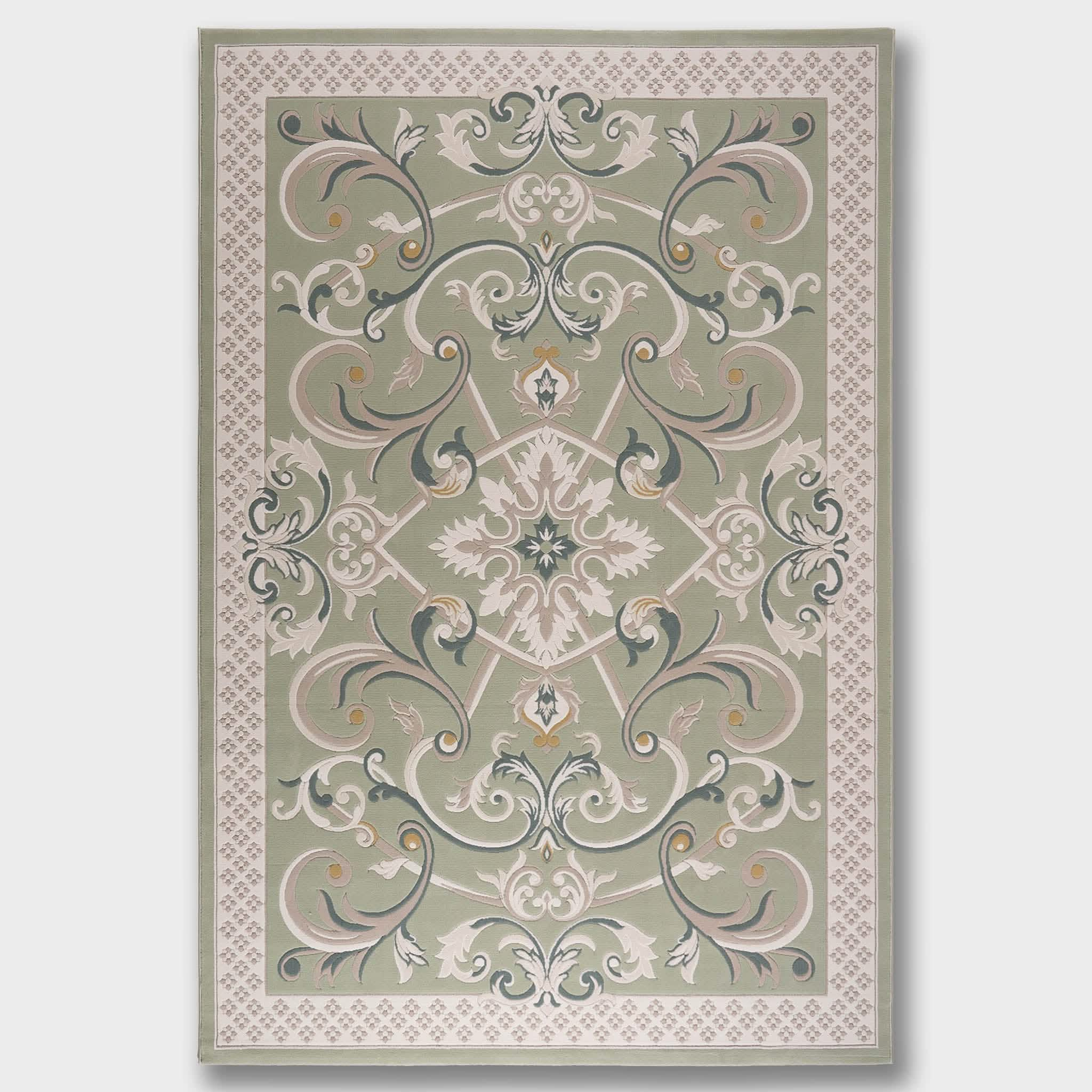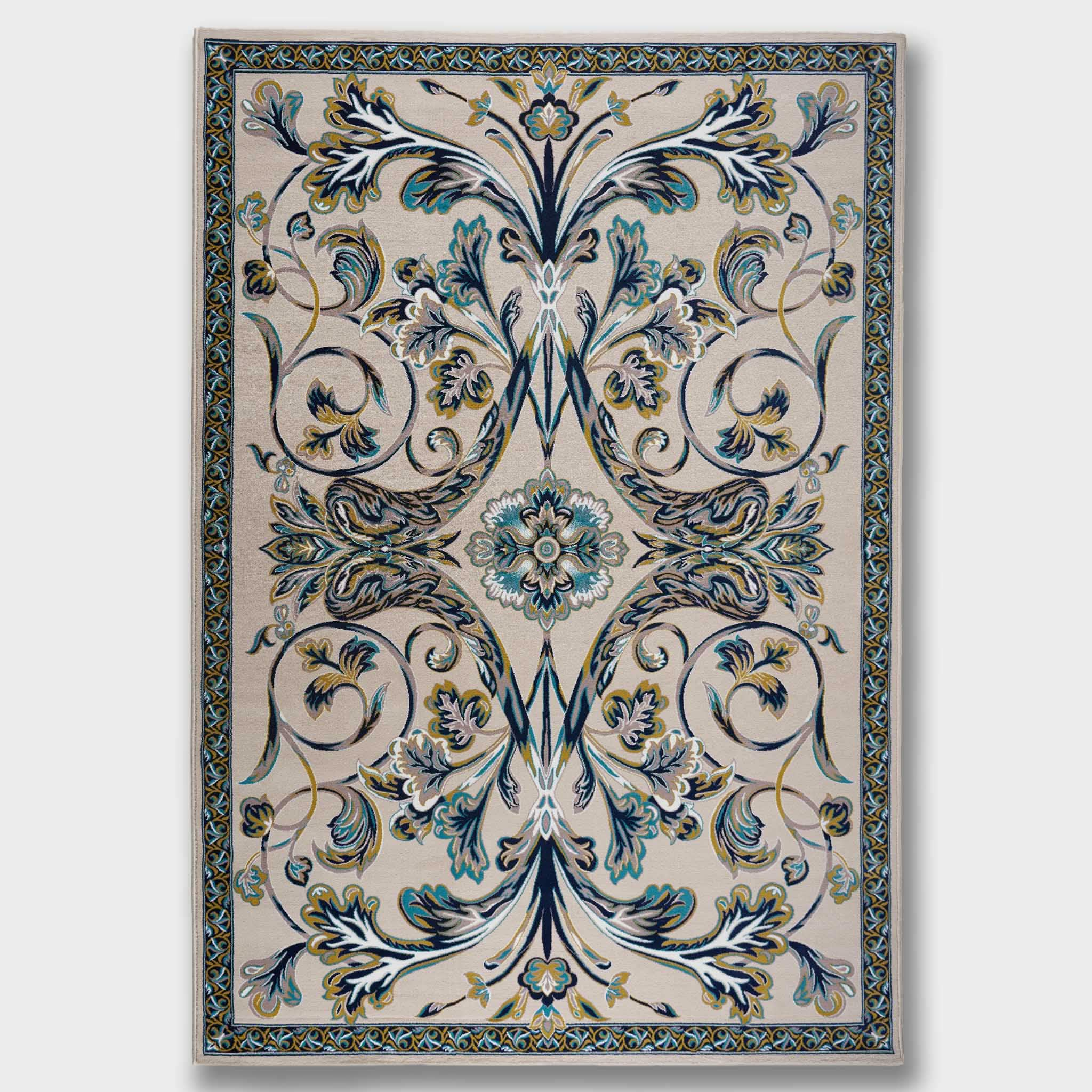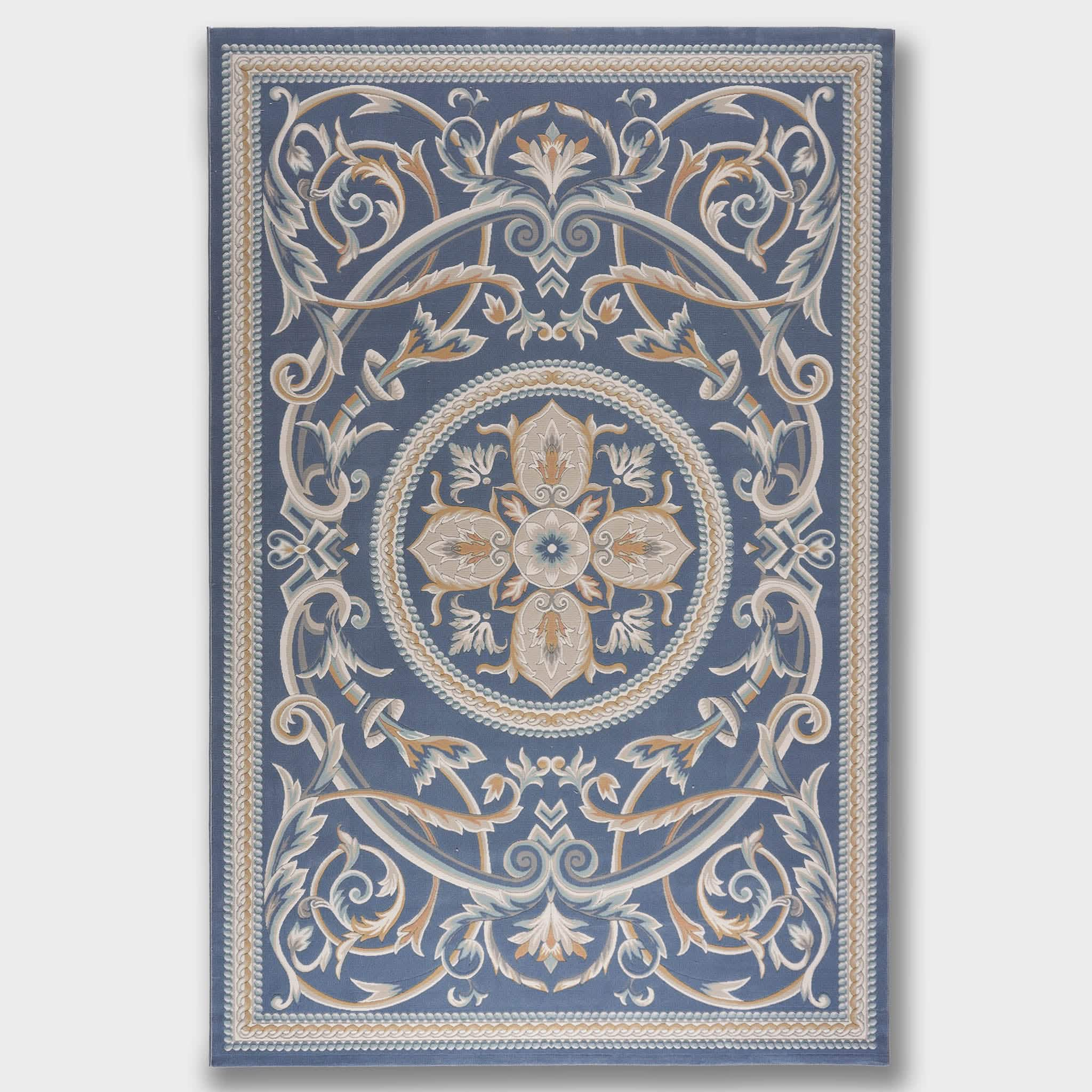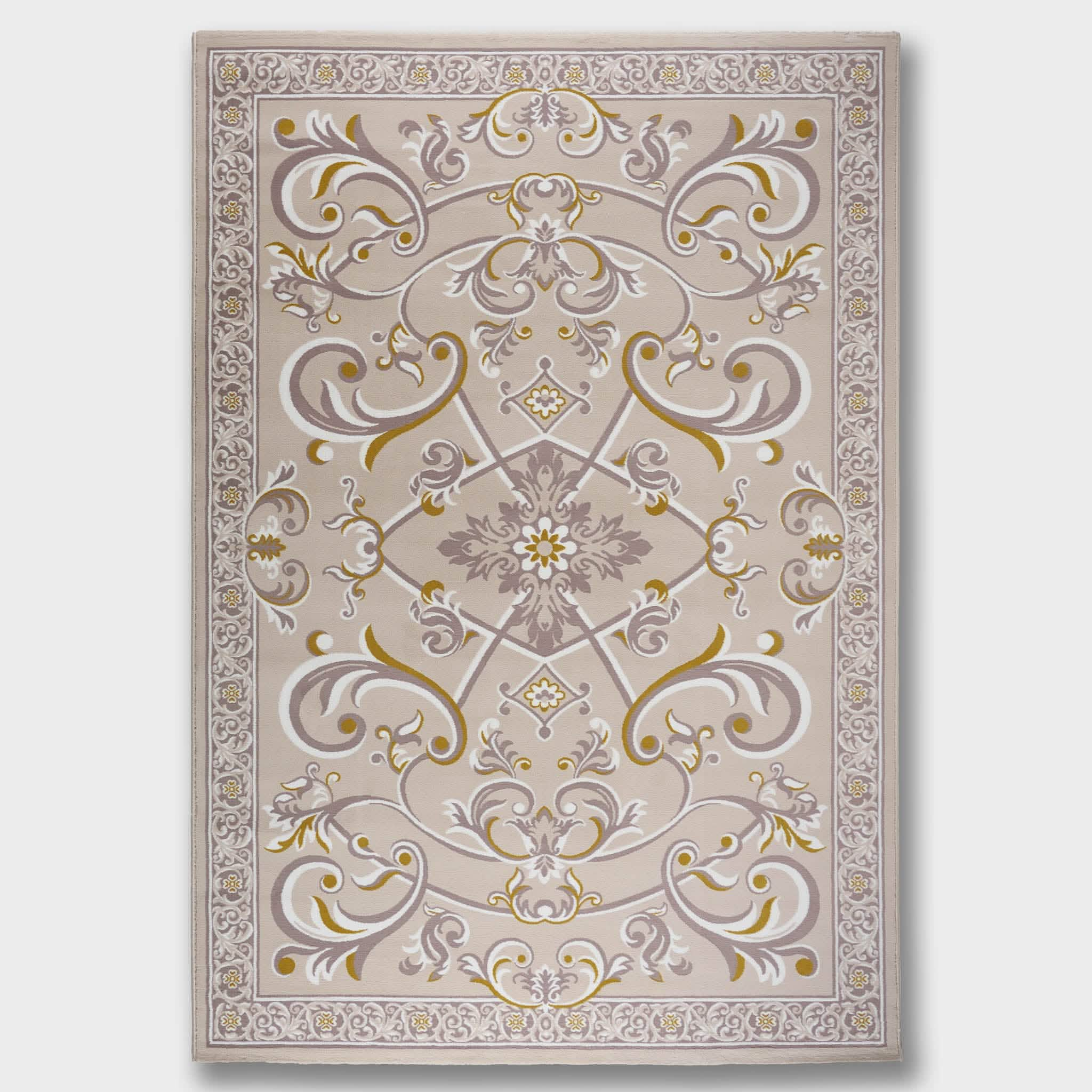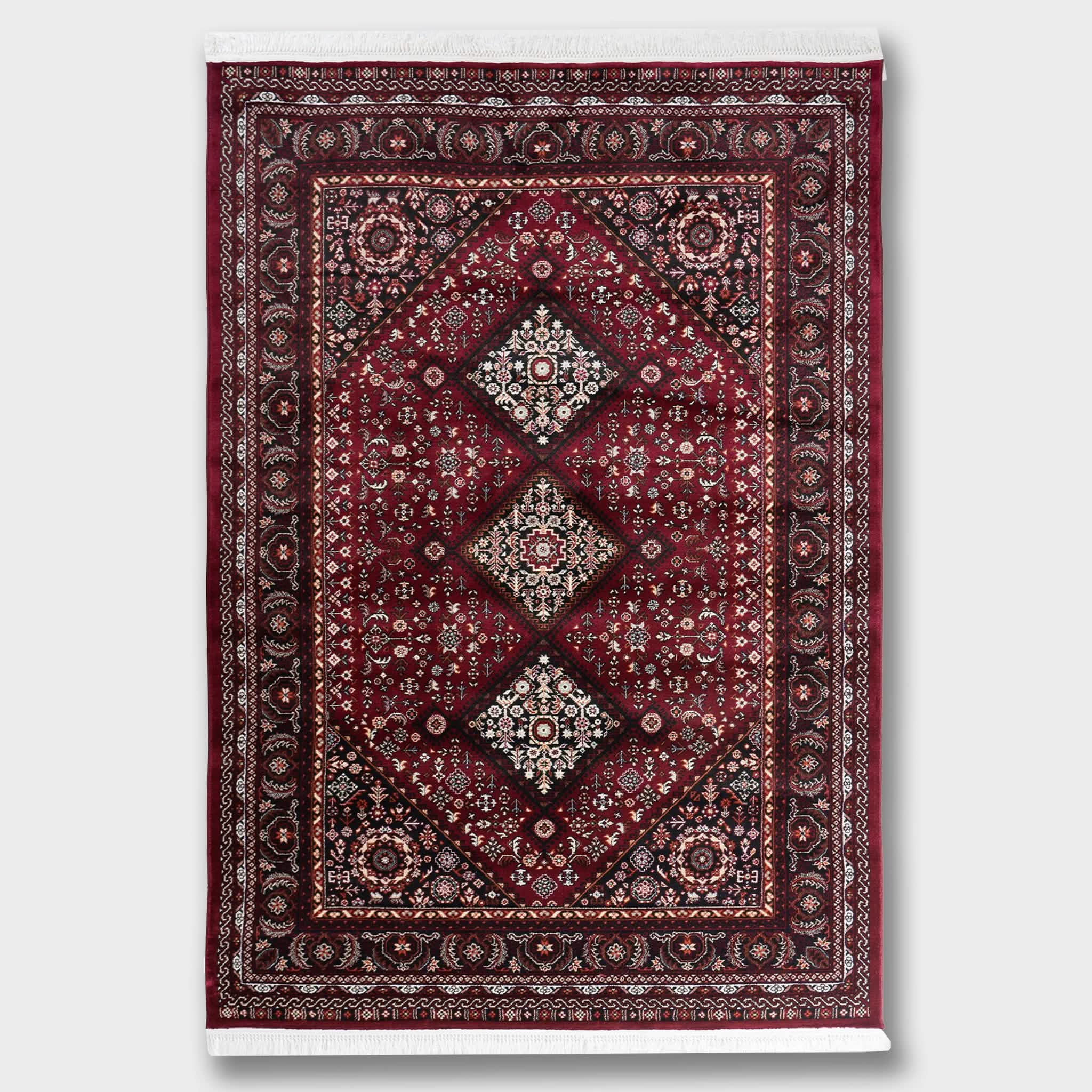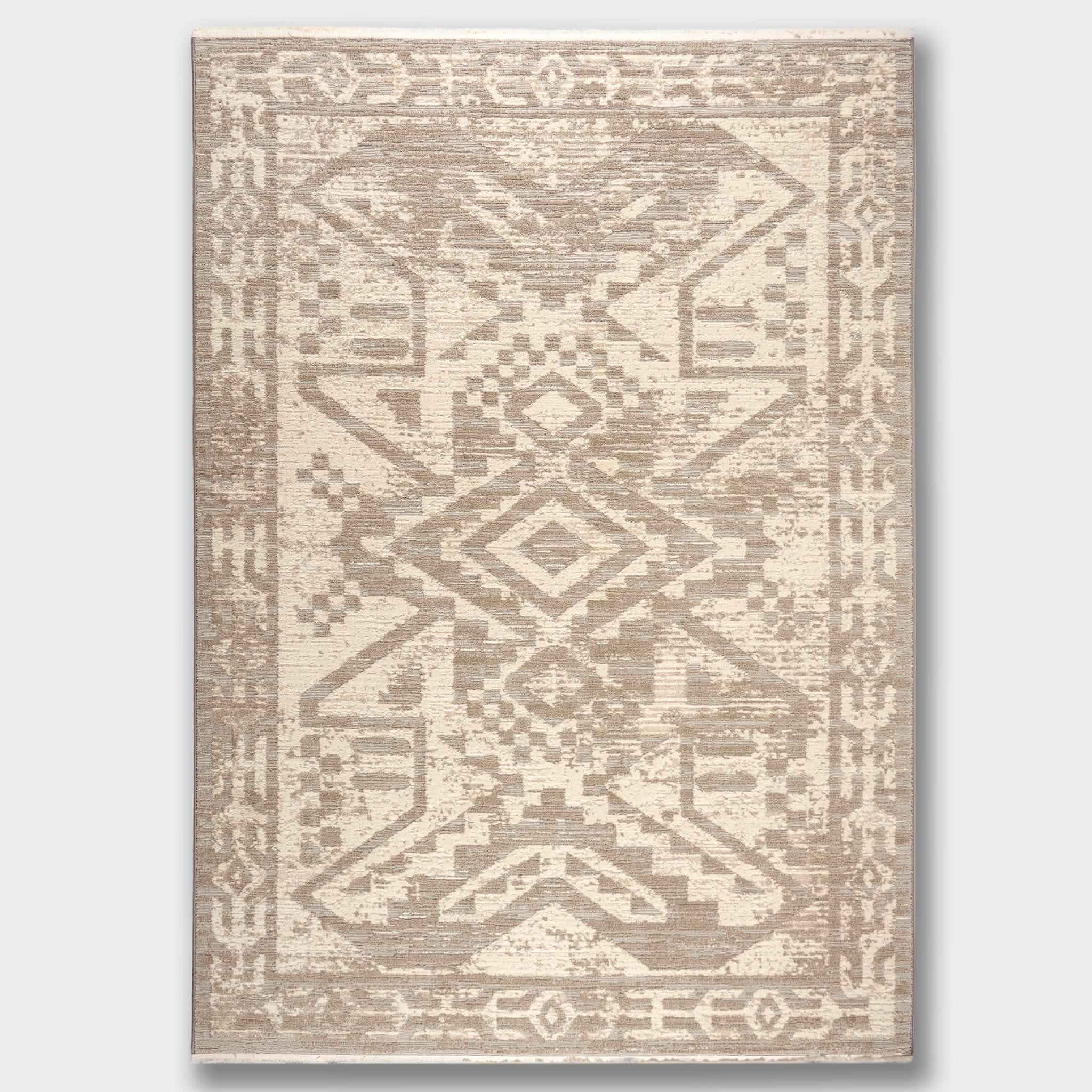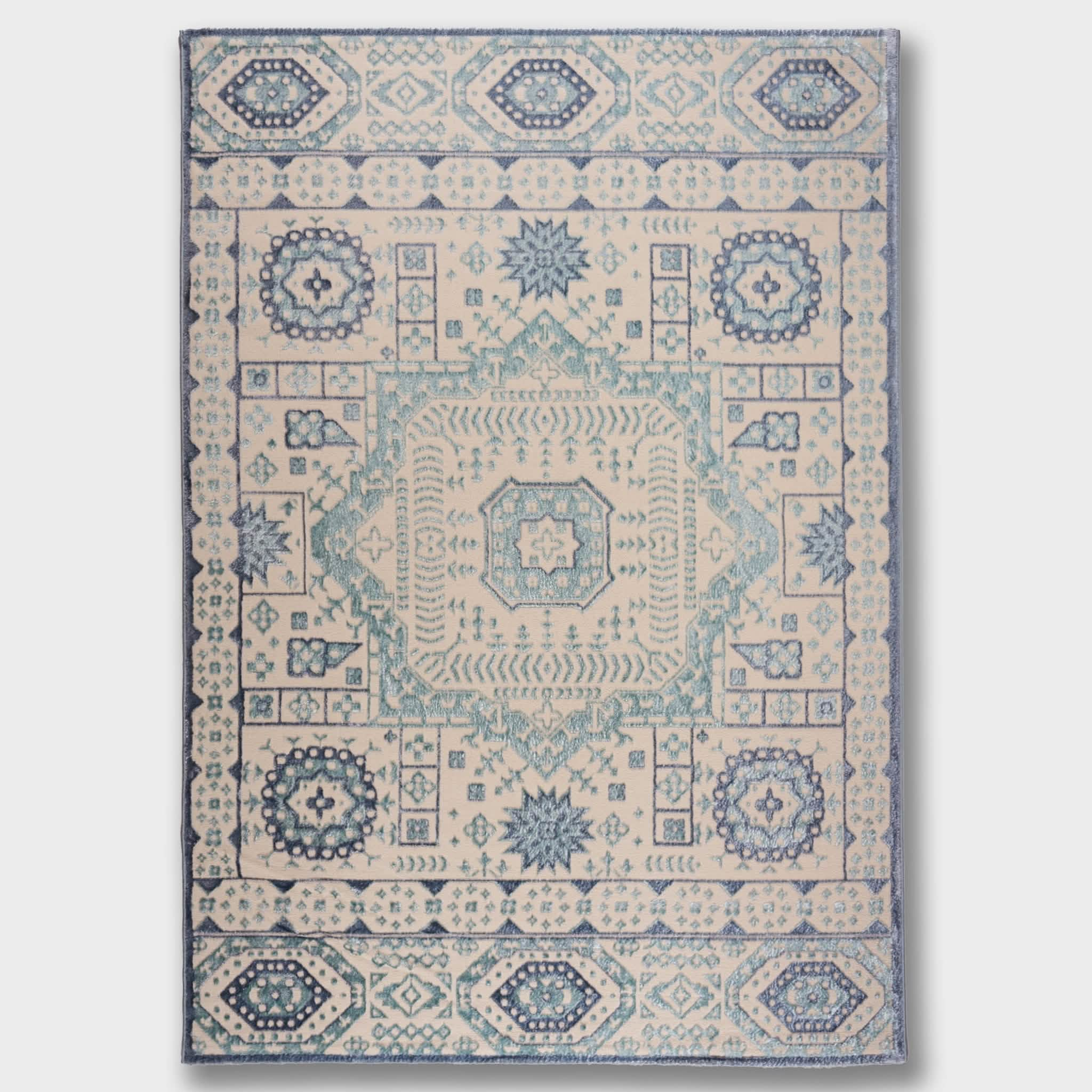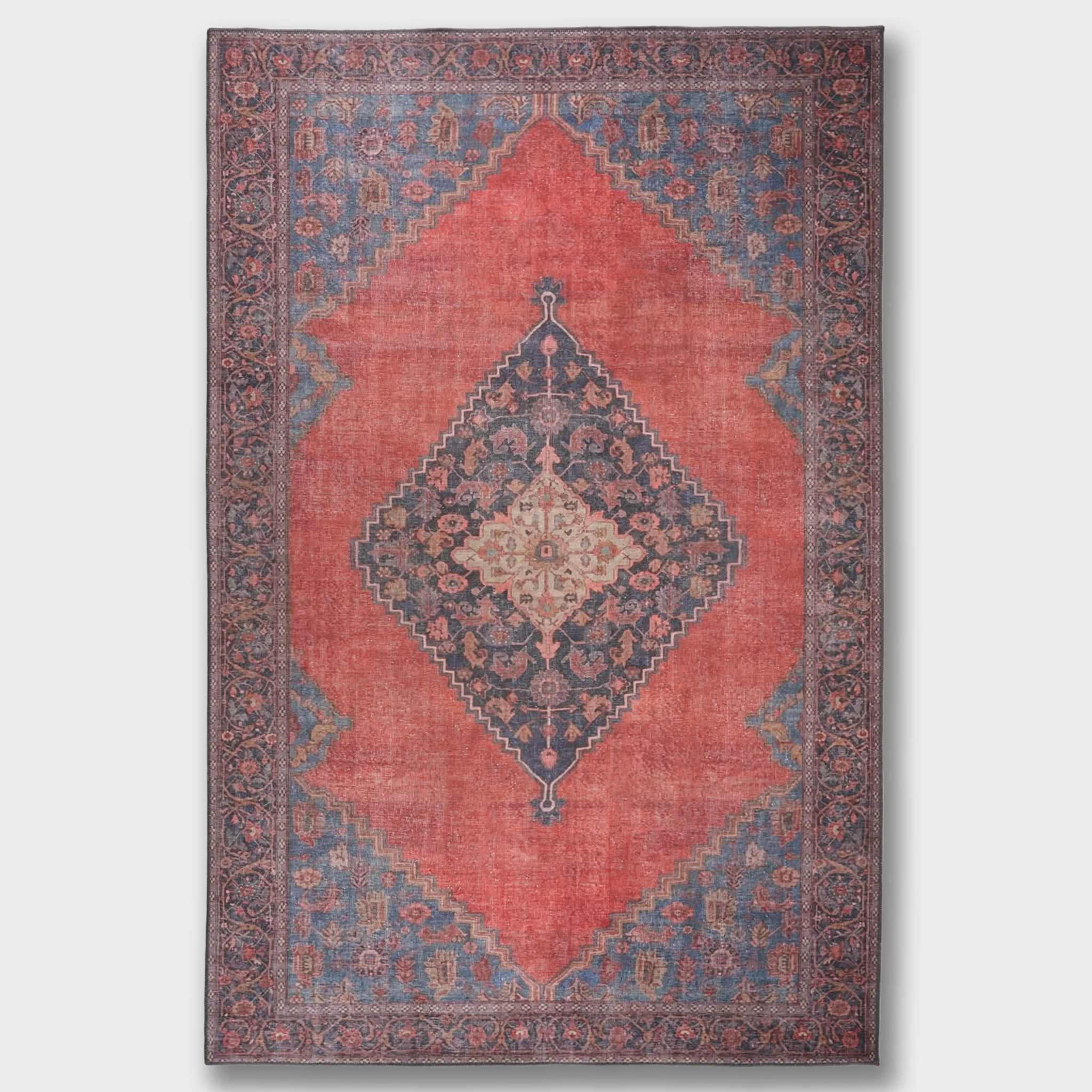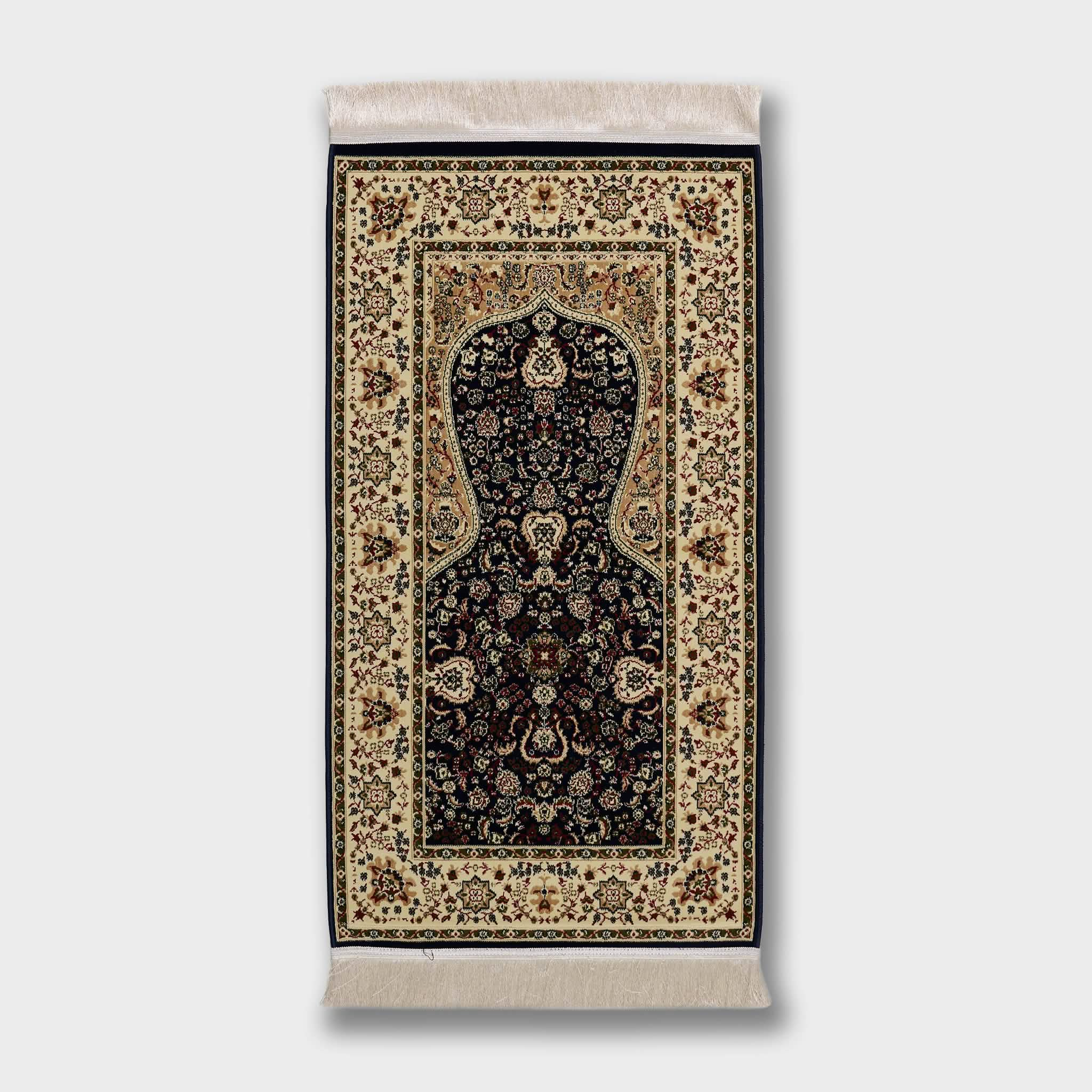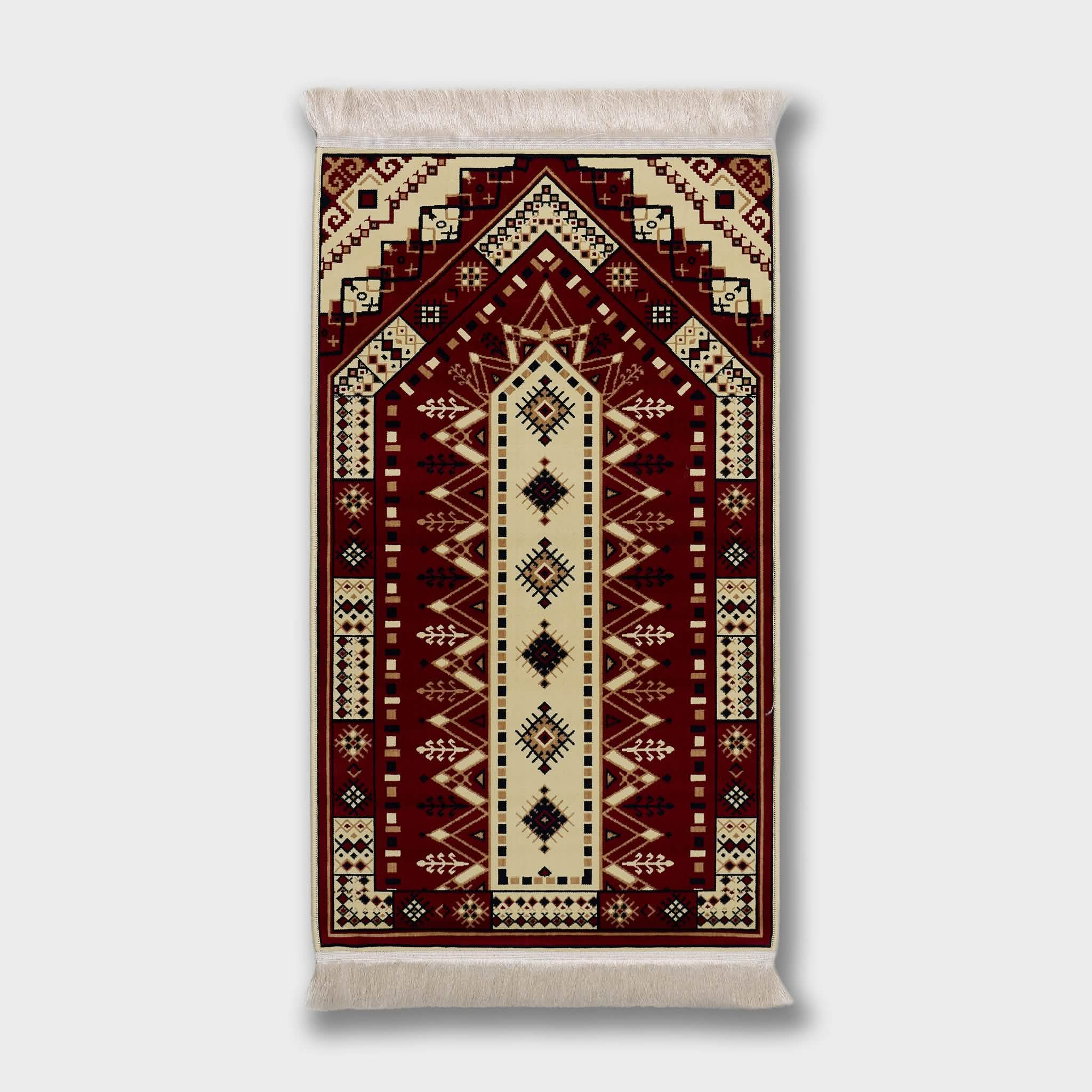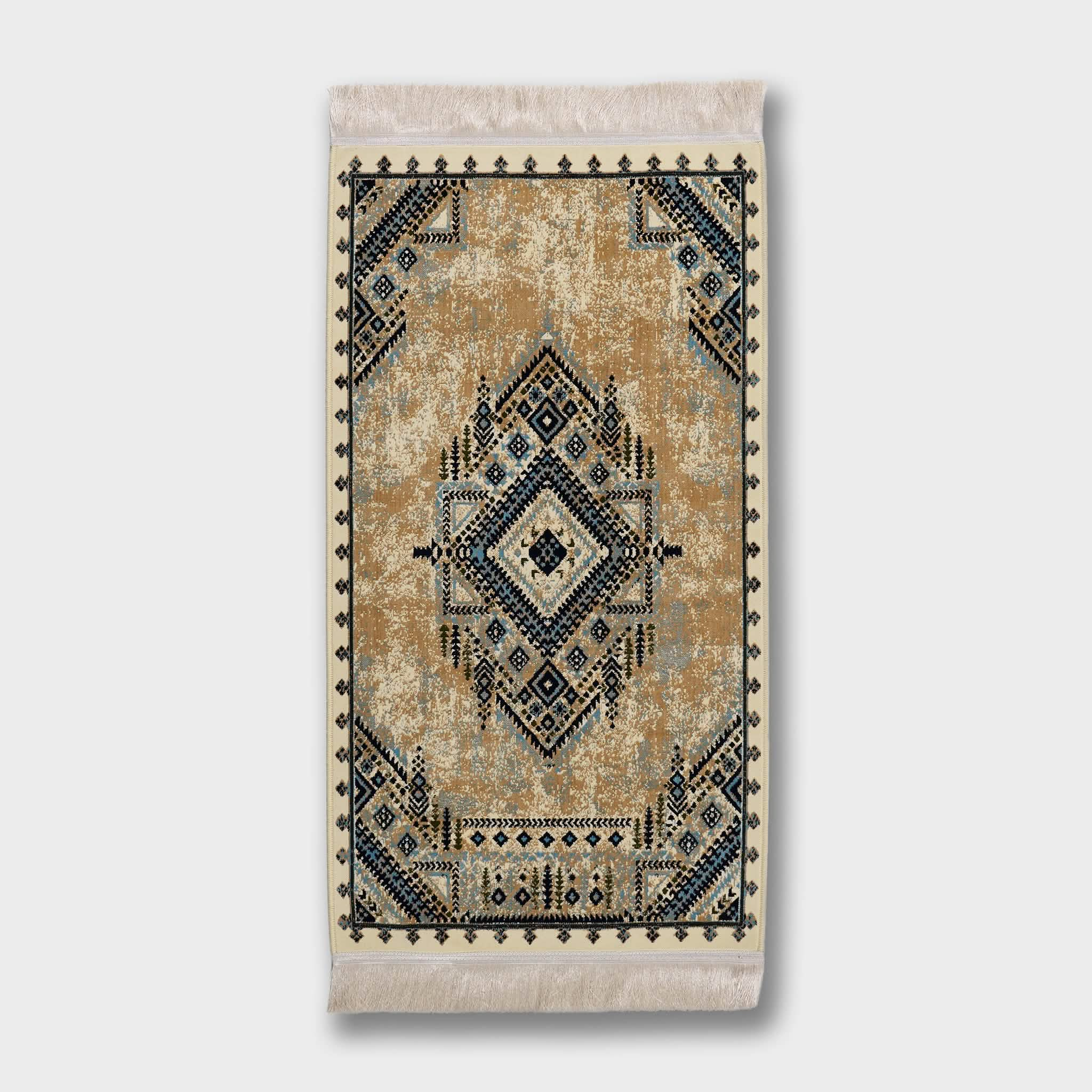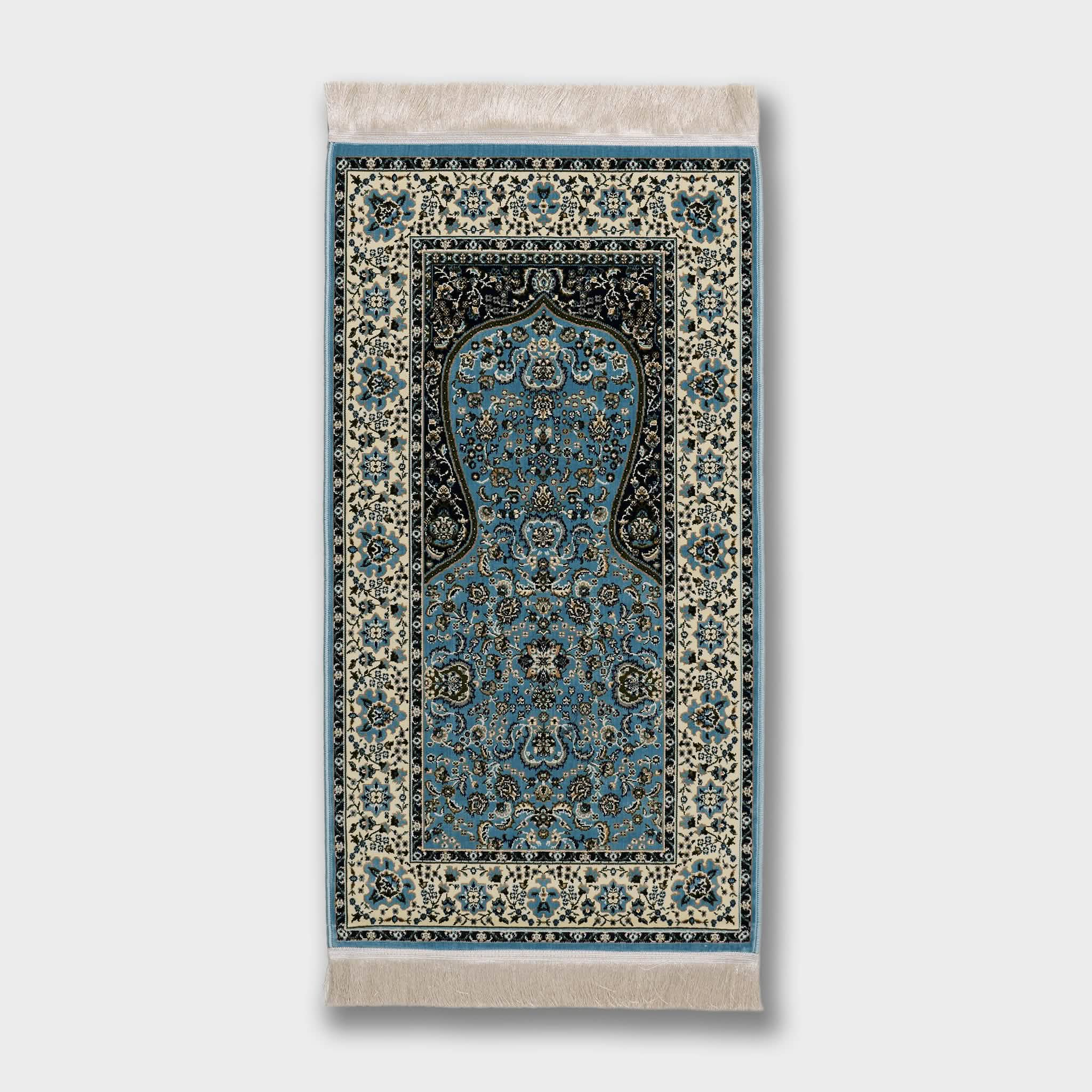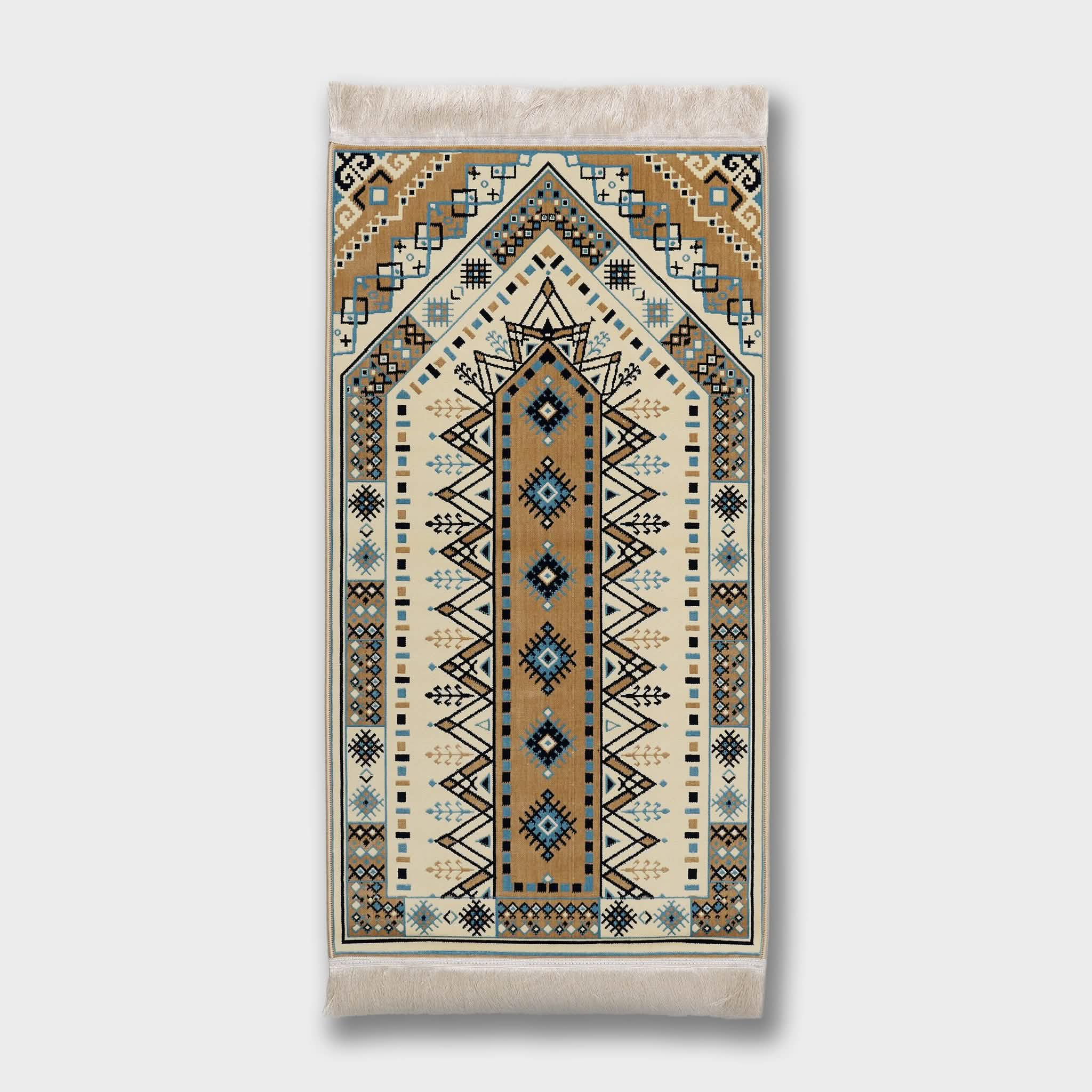Our Best Selling Rugs
Trusted by +76,000 customers — a true mark of our excellence
Shop by Room
Shop by Color
Classic French Rugs
A classic French rug inspired by palaces, featuring harmonious colors and luxurious motifs.
Shop Featured Collections

Riyadh City ONLY
Carpet Installation
We offer you a professional carpet installation service that ensures the best look and the highest level of comfort in every corner of your home or office.
Our team starts by measuring the spaces accurately, then cutting the carpet to fit the details of the area, ending with a tight installation that is free of ripples or gaps.
Over 1,600 reviews for our rugs across the Kingdom
-

Loved it
“Truly excellent! I recommended it to people around me. I’ve been using it for seven months and it still feels and looks great.” – Bashayer.
Shop Muhammady Rug -

Quality exceeded expectations!
“The rug is amazing. Fast shipping and high quality. I strongly recommend buying from them.” – Abdullah.
Shop Turkish Rugs -

The rug impressed me
“I used the rug to shoot a music video that blends Saudi music with modern music.” – Abdullah.
Shop Eastern Red Zulia -

Great product & easy shopping
“Thank you for this wonderful product. Excellent quality and a comfortable shopping experience through the website. May God bless you.” – Mona.
Shop Classic Rugs -

Perfect hallway fit
“Amazing experience every time! I never hesitate before ordering!” – Fatema.
Shop Runners -

Absolutely gorgeous!
“It added beauty to the living room; the rug looks luxurious. Everyone who saw it loved it. Delivery and price are outstanding.” – Nada.
Shop Saudi Rugs -

Subtle colors & soothing design
“The website is easy to use. Delivery is professional and the product is great and matches the photos. Wishing you success—we’re proud of you.” – Wadhha.
Shop Bohemian Rugs


